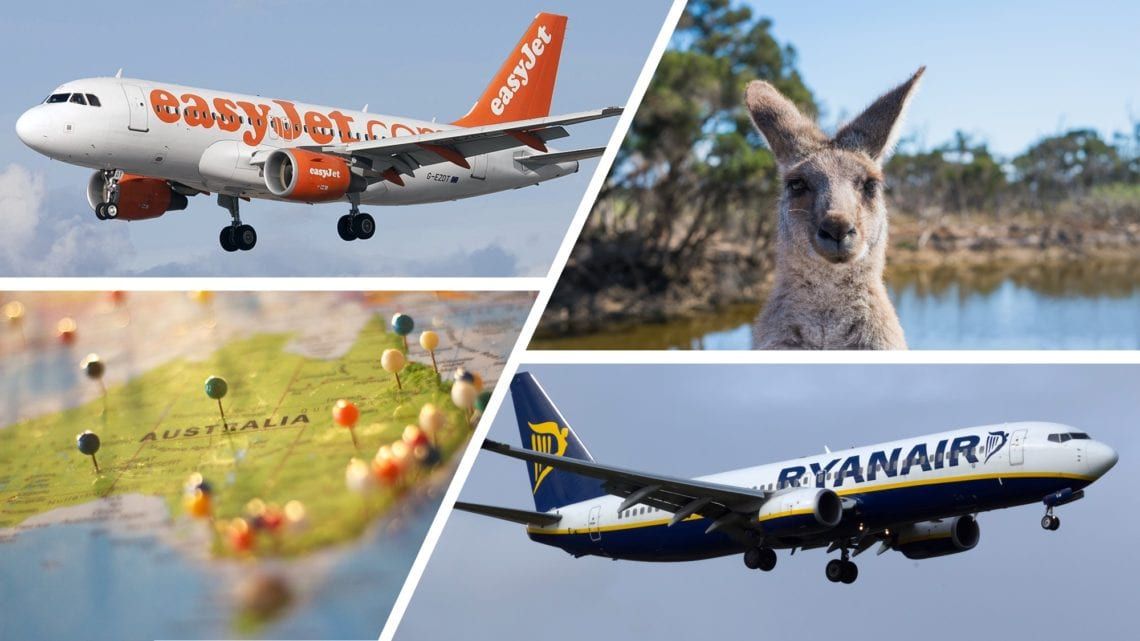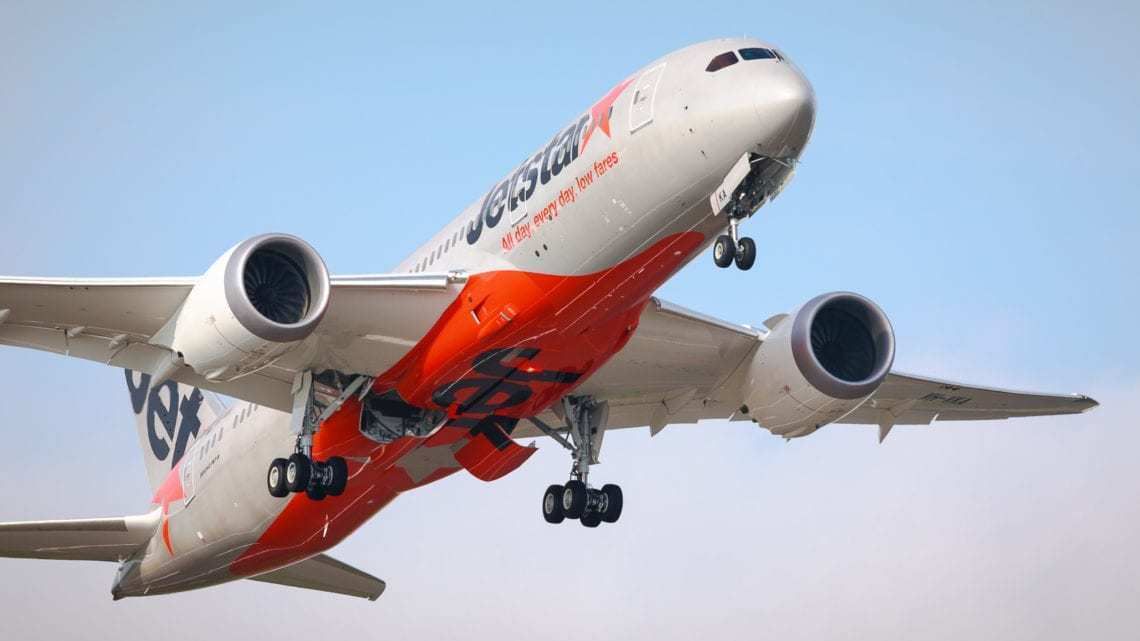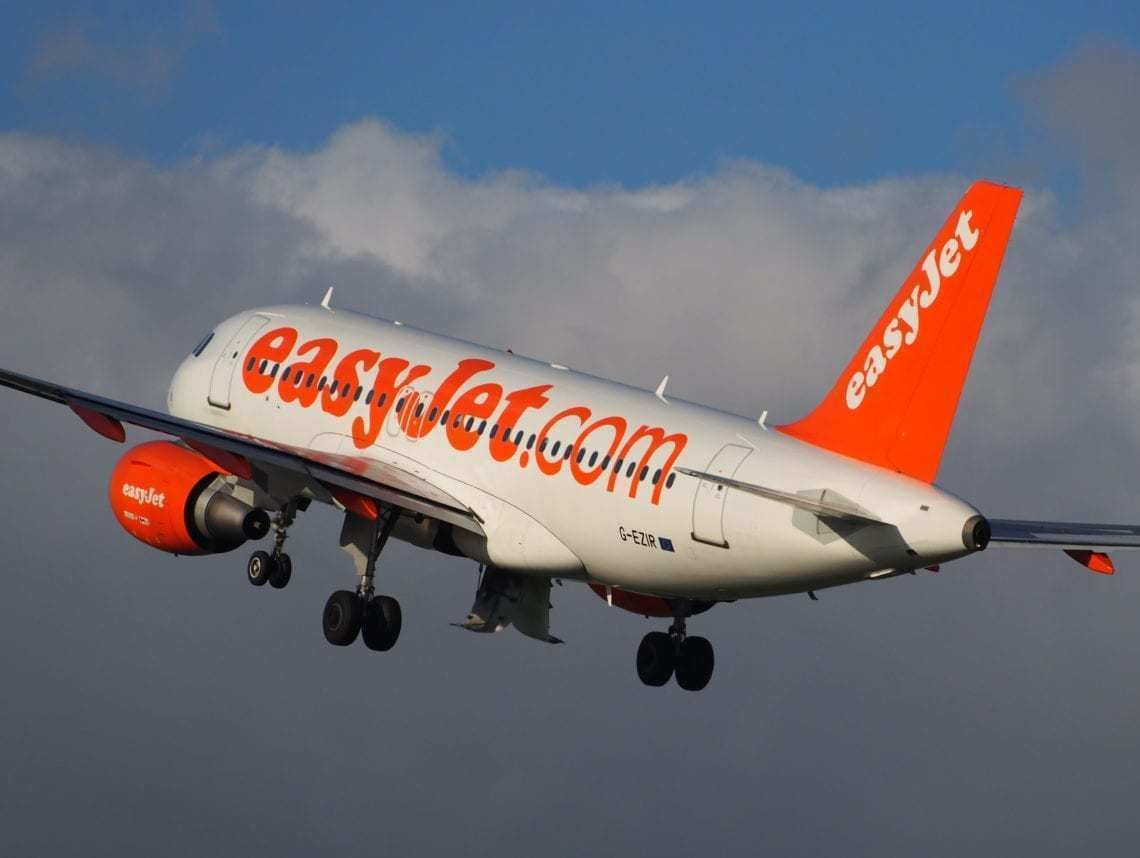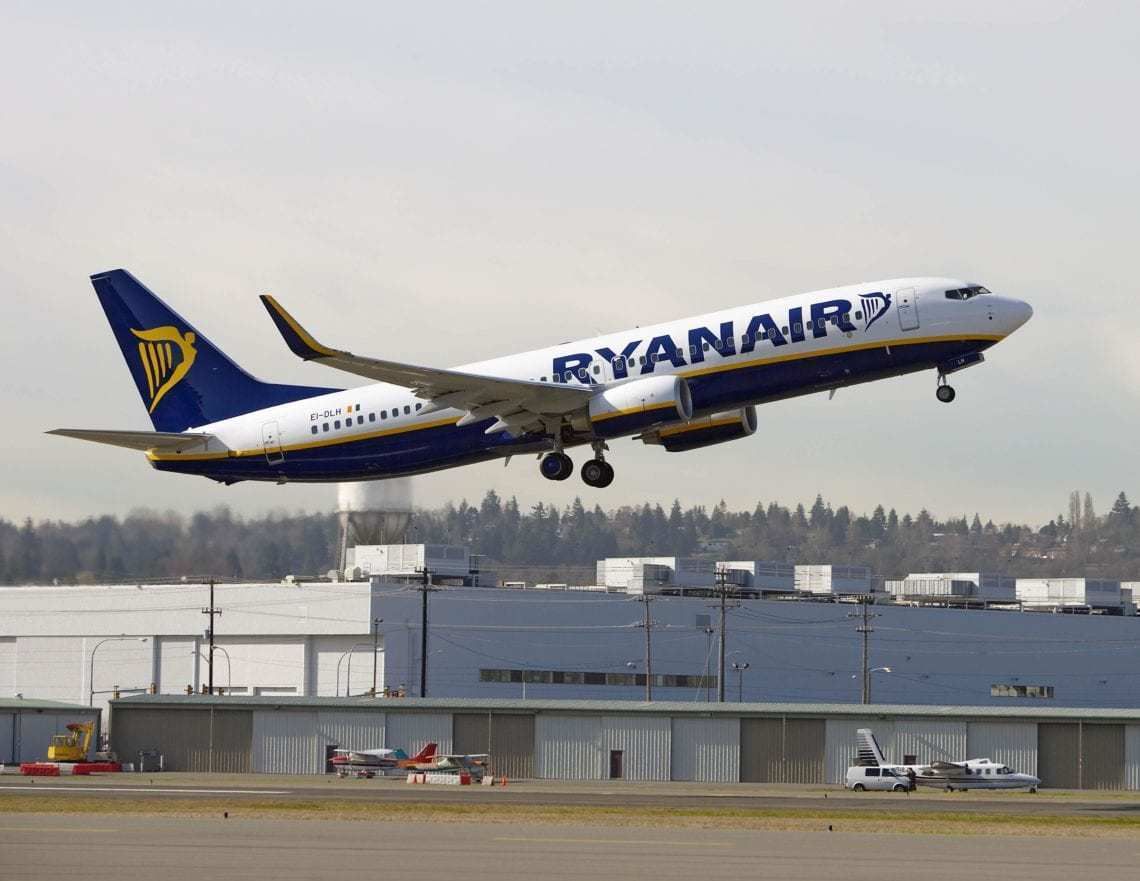One of the perks of living in Europe is the accessibility to ultra-cheap fares on carriers such as Ryanair or easyJet. Some of these fares can be as low as €1 during promotional periods (not including taxes, baggage, food, a good seat, etc). America also has some low-cost carriers, like Frontier, who offers to fly coast to coast for cents on the dollar. But in Australia, we are saddled with an average airfare price of over $39.45 (US $29.39) per 100km traveled, according to the ABC.
This places Australia as the 16th most expensive country to fly both to and within, more expensive than not only Europe and the United States, but fellow western countries Canada and New Zealand.
Could a true European style low-cost-carrier (LLC) work in Australia?
What is limiting a new low-cost carrier in Australia?
Australia has four airlines, Qantas, Virgin and their respective low-cost carriers, Jetstar and Tiger Airways. Other airlines have tried to survive in the market, but none have yet been successful.
These airlines form a duopoly, trading blows on several routes in Australia (you can read our review of the flights here). This lack of competition is one of the major reasons that fares are so high in Australia. Tiger and Jetstar try to offer the lowest fares as possible, but with only each other to compete against, this leaves much to be desired.
"Australia will be quite expensive relative to other countries because we have a more concentrated aviation market," Dr Tony Webber, the CEO of Airline Intelligence & Research and a former Qantas chief economist, is quoted to have said to the ABC.
For perspective, the US has 18 carriers operating flights across the country. This increased competition is one of the reasons that they are the 30th most expensive country in which to fly.
Lack of airports
Additionally, Australia is an airport poor country. Despite having a highly concentrated urban population, many Australian cities are ruled by an airport monopoly. Sydney, Canberra, Brisbane, Perth and other conurbations have only have one airport. In fact, Melbourne is one of the only cities to have two airports within the city limits.
This is shocking compared to London, which has six airports, or Paris (which is half the size of Sydney), which has four.
Only one choice of airport means high landing and parking fees. Sydney, for example, has such high landing fees for aircraft that Middle Eastern carriers prefer to park their aircraft in Canberra, a 50-minute flight away, than pay what Sydney want.
The last factor might be the most significant... labor cost.
Wages are very high
Australia is blessed to have very high wages. A waitress working in one of the many cafes in Australia would be expected to make around $18 per hour ($12 USD) and that is considered low.
"Labour costs make up about 30 percent of total flight costs," continued Dr. Webber.
This is part of the reason why Jetstar got into trouble last year, by running fifth freedom flights into Australia with their Thai-staffed Jetstar Asia subsidiary. The logic was that the Thai staff onboard were paid far less than their Australian counterparts. However, the government and aviation regulators have since put in additional protections for these workers.
How would a low-cost carrier win in Australia?
So let's propose, for a second, that we wanted to make an LCC for the Australian market. What would be our strategy and how would we overcome the above issues?
- Choose aircraft very carefully. Fuel is expensive and we will need to find a cheap aircraft to operate, such as the Boeing 787. Additionally, we should choose a smaller aircraft (cheaper to fill up all the seats and be profitable) with more frequency. Perhaps the Airbus A220-300 would be perfect?
- Choose the right routes. The Sydney to Melbourne route is the second most popular route in the world and would definitely be profitable to operate. However, Sydney (SYD) and Melbourne (MEL) airports are very expensive to land at. Hence, operating to Avalon (AVV) and perhaps Bankstown (BWU) would be more profitable. The problem is both airports are far from the city centers and Bankstown airport is not geared up for domestic commercial traffic.
- Limit the required number of staff. Wages will just have to be an incurred cost, but with a smaller plane means less staff required per flight. Even one less person would be a saving.
What do you think? Could a true low-cost-carrier operate in Australia?




